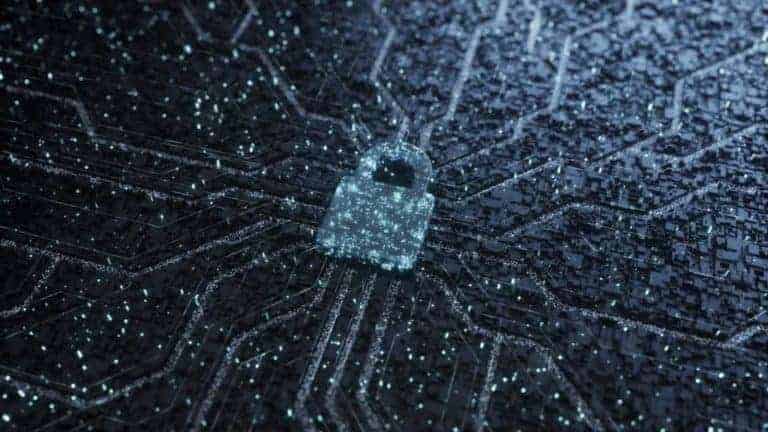The internet has become a space riddled with malicious links, trojans and viruses.
Cyber Security is key to protecting your business data as data breaches are becoming more frequent and unsuspecting users are more vulnerable than ever before. When one click can cost thousands, and even millions, users need actionable to-do’s that can help them stay alert and safe online.
If you are working from a remote location then it’s obvious to be concerned about cyber security as many security risks outside of the Enterprise network can happen if you’re not on top of your personal cyber security game.
Here are our top 6 cyber security tips for your remote users:
1. Clicking Without Thinking Is Reckless
Just because you can click, doesn’t mean you should. Remember, it can cost you a hefty sum. Malicious links can do damage in several different ways, so be sure to inspect links and ensure they’re from trusted senders before clicking.
2. Use Two-Factor Authentication
It’s important to have a strong password, but it’s even more imperative to have two-factor, or multi-factor, authentication. This method provides two layers of security measures so if a hacker can accurately guess your password, there is still an additional security measure in place to ensure that your account is not breached.
3. Look Out for Phishing Scams
With over 3 billion fake emails sent daily, phishing attacks are some of the greatest cybersecurity threats as they are very easy to fall for. In a phishing attack, a hacker will pose as someone that the recipient may be familiar with to trick them into opening a malicious link, divulging important credentials, or opening software that infects the recipient’s system with a virus. The best way to be on the lookout for phishing scams is by avoiding emails from unfamiliar senders, look for grammatical errors or any inconsistencies in the email that looks suspicious, and hover over any link you receive to verify what the destination is.
4. Keep Track of Your Digital Footprint
When you monitor your accounts, you can ensure you catch suspicious activity. Can you recall everywhere you have online accounts and what information is stored on them, like credit card numbers for easier payments? It’s important to keep track of your digital footprint, including social media, and to delete accounts you’re not using, while ensuring you set strong passwords (that you change regularly).
5. Keep Up With Updates
Software patches can be issued when security flaws are discovered. If you find these software update notifications to be annoying, you’re not alone. But you can consider them the lesser of two evils when weighing up rebooting your device versus putting yourself at risk for malware and other types of computer infection.
6. Connect Securely
Cyber security tips about this have been dished out by nearly every tech expert under the sun, but many still don’t follow this advice. You might be tempted to connect your device to an unsecured connection, but when you weigh the consequences, it’s not worth it. Only connect to private networks when possible, especially when handling sensitive information.
Simple cyber security tips like these can go a long way in preventing a catastrophe, but they’ve only scratched the surface of how your users can be educated and protected. Contact us today to learn more about protecting your remote workers and your business data.

